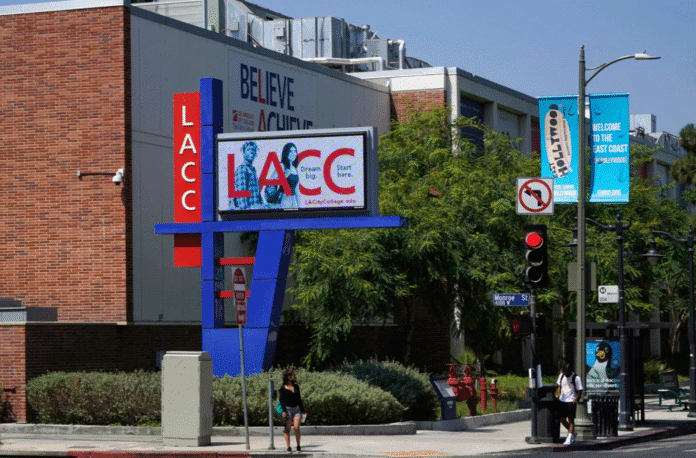
The proposed “One Big Beautiful Bill Act” represents a seismic shift in federal financial aid policy that could fundamentally alter the landscape of higher education accessibility in America. At its core, this legislation threatens to sever the financial lifeline that hundreds of thousands of community college students depend on to pursue their educational dreams.
The Scope of the Problem
The bill’s most devastating provision would require students to enroll full-time—15 credit hours instead of the current 12—to maintain eligibility for Pell Grants. This seemingly modest numerical change masks a profound policy shift that fails to recognize the reality of modern community college students. These aren’t traditional 18-year-olds living in dorms; they’re working parents, career changers, and individuals juggling multiple responsibilities while striving to improve their circumstances.
The human cost becomes clear through stories like that of Lakina Mabins, a 41-year-old mother of five who worked two jobs before becoming valedictorian at Kennedy King College in Chicago. Her success represents exactly what Pell Grants were designed to achieve—providing opportunities for those who might otherwise be locked out of higher education. Yet under the proposed changes, students like Mabins would face an impossible choice: abandon other life responsibilities to maintain full-time status or forfeit their educational aspirations entirely.
Financial Implications and Barriers
The financial mathematics of this policy change reveal its regressive nature. Community colleges, with an average annual cost of $4,050, serve as an affordable entry point into higher education compared to four-year universities averaging $11,610 annually. Pell Grants, which provide between $740 and $7,395 yearly, often make the difference between educational opportunity and impossibility for low-income students.
Maria Baez’s situation at the Community College of Philadelphia illustrates this precarious balance. Her $3,600 Pell Grant award enabled her educational pursuit, but without it, she would face the stark reality of abandoning her marketing business dreams. The elimination of subsidized federal loans compounds this problem, forcing students to accumulate more debt precisely when policymakers claim to be reducing financial burdens.
The Community College Mission Under Threat
Community colleges have long served as democracy’s great equalizer—institutions where economic background doesn’t predetermine educational outcomes. They function as what Martha Parham of the American Association of Community Colleges calls “the on-ramp to the middle class.” This mission becomes impossible when financial barriers prevent part-time enrollment, which accommodates the complex lives of non-traditional students.
The policy’s disconnect from student reality is stark. Michael Weaver, a 34-year-old student at Stanly Community College in North Carolina, articulates what many understand: “the majority of students receiving the grant are working people who only have the option of attending school part time.” Forcing these students into full-time enrollment doesn’t create more successful graduates; it creates more dropouts.
Broader Economic and Social Consequences
The proposed changes operate on a fundamental misunderstanding of investment versus cost. While supporters like Senator Bill Cassidy argue the bill would save $300 billion in government spending, this narrow accounting ignores the broader economic benefits of an educated workforce. Community college graduates contribute significantly to tax revenues, economic growth, and social stability—returns that far exceed the initial investment in their education.
The timing of these cuts is particularly troubling given existing challenges in higher education access. Texas, for example, already struggles to provide adequate state aid to eligible students, making federal support even more critical. The proposed changes would affect over 480,000 Texas students alone, potentially reducing financial aid by up to $493 million.
Looking Forward: The Stakes of This Decision
The debate over the “Big Beautiful Bill” represents more than budgetary policy; it’s a referendum on America’s commitment to educational opportunity and economic mobility. Community colleges have historically served as engines of social advancement, providing pathways for immigrants, first-generation college students, and career changers to improve their circumstances.
The proposed Pell Grant restrictions would fundamentally alter this equation, potentially creating a system where higher education becomes increasingly stratified by economic class. Students like Lakina Mabins, who sees herself “with a master’s degree and working in my career field” within five years, represent the American Dream in action. Policy decisions that make such dreams less attainable ultimately impoverish not just individual students, but the entire nation’s potential.
The question facing policymakers isn’t whether they can afford to maintain Pell Grant accessibility—it’s whether America can afford to abandon its commitment to educational opportunity for those who need it most.